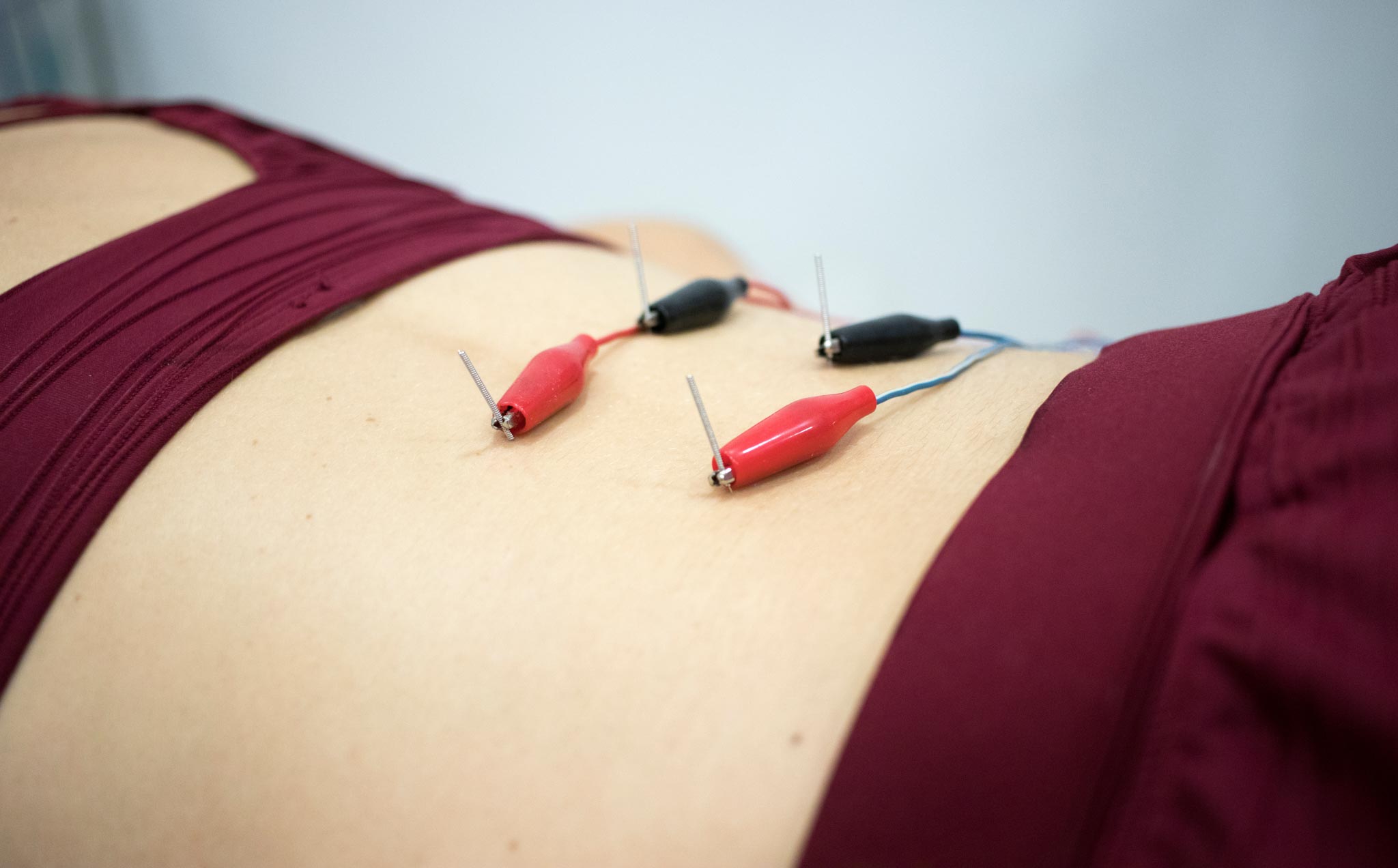Dry needling refers to the insertion of thin monofilament needles into the body for treatment of dysfunctional muscles, ligaments, tendons, subcutaneous fascia, scar tissue, peripheral nerves, and neurovascular bundles for the management of a variety of neuromusculoskeletal pain syndromes. Dry needling improves pain control, reduces muscle tension, normalizes biochemical and electrical dysfunction of motor endplates, and facilitates an accelerated return to active rehabilitation.
The procedure is used in tendinopathies, knee osteoarthritis, shoulder pain syndromes, carpal tunnel syndromes, plantar fasciitis, migraine headaches, tension headaches, hip pain syndromes, temporal mandibular joint disorder, whiplash associated disorders, phantom limb pain, low back pain, and neck pain.

Benefits of Dry Needling
- increased blood flow and oxygen saturation through vasodilation [1] [2]
- increased fibroblast and collagen growth factors associated with connective tissue [3] [4]
- increased range of motion [5]
- accelerated healing rates [6]
- facilitates tissue remodeling [7] [8] [9]
- decreased pain sensitivity [10] [11] [12]
- decreased muscle tension [13] [14] [15] [16]

